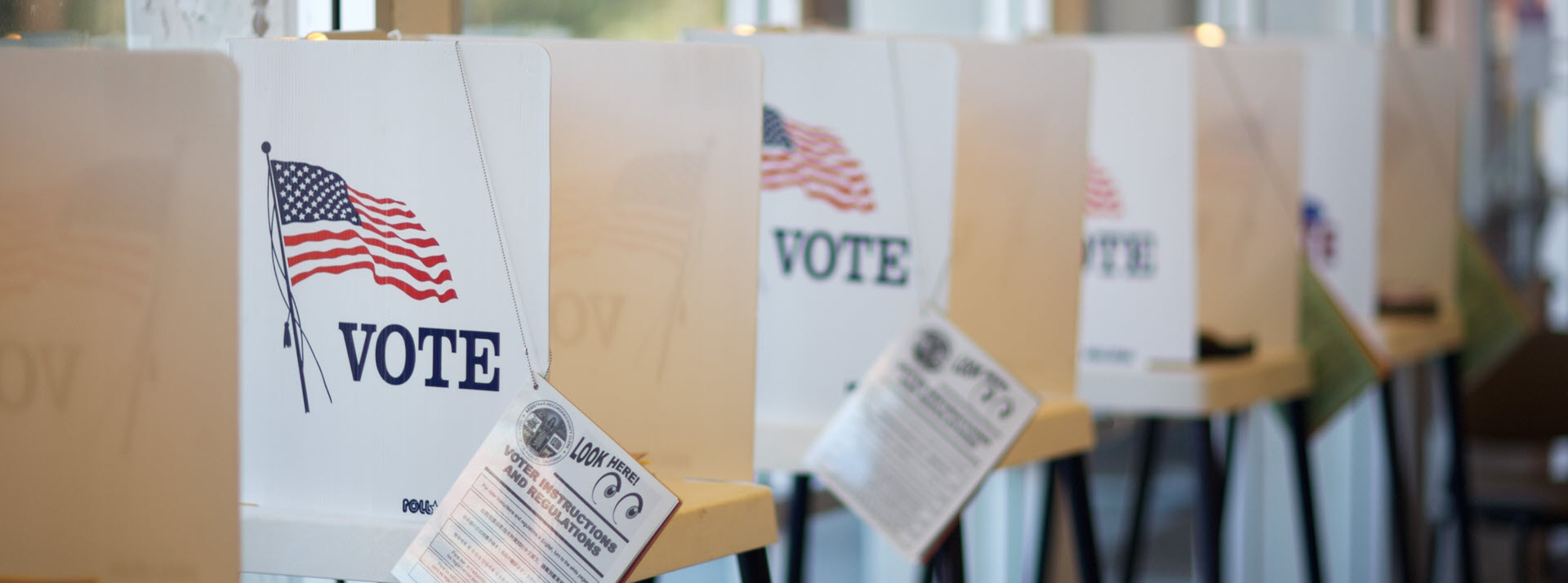
Fewer than one in five eligible residents in Los Angeles vote in mayoral elections. In New York City, that figure falls to less than 14 percent. In fact, in 15 of the 30 most populous cities in the U.S., voter turnout in mayoral elections is less than 20 percent.As if incredibly low voter turnout weren’t dispiriting enough, mayoral elections in the U.S. are also barely representative of the population. In the most recent mayoral elections across 50 U.S. cities, the median voter age was 57—evidence of an enormous gap in civic participation between retiring Baby Boomers and rising Millennials. Worse still, perhaps, voters are over-represented in some neighborhoods and dramatically underrepresented in others.
A report from Portland State University finds that almost nobody bothers to vote in mayoral U.S. elections. Those who do tend to be much older than the median resident and hail from more affluent neighborhoods to boot. That’s not necessarily a surprise, although the degree of disparity in local voting patterns is alarming.
In Dallas, for example, the median age of voters in mayoral elections is 62, even though the median age of the adult population is 41—a difference of an entire generation. Only 6.1 percent of eligible voters across the city participated in the last mayoral election (May 2015), with most of them clustered in voting “oases” in relatively affluent Dallas neighborhoods to the north and northeast.
Given the low participation rate of voters in Dallas voting “deserts” and the lack of participation among young adults, power in Dallas elections is concentrated in the hands of a special minority. The Portland State report estimates that voters ages 65 and older have 22 times greater electoral clout in Dallas than adults aged 18 to 34—less than 2 percent of whom voted for mayor in 2015.Of the 30 large U.S. cities in the study, Dallas ranked dead last in voter turnout when it comes to mayoral elections. Dallas also has a lower homeownership rate than the national average (43 percent versus 64 percent), a higher share of residents living in poverty (24 percent versus 16 percent nationwide), and almost twice the share of non-white residents (70 percent versus 37 percent). Which means that, given Dallas’s voting patterns, low-income and minority voters are not being heard in mayoral races.
But even in cities with broader affluence, the disparities are clear. Only one of the cities in the study experienced voter turnout over 50 percent in mayoral elections—Portland, Oregon—and few others came anywhere close. Even in Portland, mayoral election voter turnout across neighborhoods corresponds with the distribution of race and income, with whiter and wealthier neighborhoods such as Irvington and Alameda showing high turnout (more than 80 percent). Older voters (aged 65 and older) in relatively white neighborhoods had 33 times the voting power as Millennials.
For the report, researchers at Portland State looked at more than 23 million voting records. The results for 50 cities, including the 30 most populous and 20 smaller cities, are available online.The consequences of a 25-year age gap between who does vote and who can vote should be plain: Elected leaders will represent the interests of retirees, if they know what’s good for them. The same goes for a vast disparity in turnout between voting oases and voting deserts. Mayors and Council members will think first to the needs of constituents who turn out to the polls.
Some elections seem practically designed to discourage voters. Odd-year elections, for example, never benefit from the bump that comes in a presidential election year. While some municipalities decided on this format in order to give voters time to focus exclusively on local affairs during off years, the results appear to be diminished turnout. Opportunities for early voting can also help ensure that workers who can’t take off work on a Tuesday get the chance to weigh in. Of course, self-appointed poll watchers and voter challengers who mean to frustrate turnout in state and federal elections also intimidate local voters.
Beyond making voting easier for residents in underrepresented neighborhoods, or even compulsory for all, voters may just need more reason to care. An October 2015 poll of Los Angeles County residents found that many would get more involved (67 percent) if they thought it would make any difference. Residents won’t get involved in local affairs if they don’t think anything will change, but they can’t change anything without voting for leaders who have their interests at heart.
This post was written by Kriston Capps. It originally appeared on CityLab’s website on November 1, 2016.
